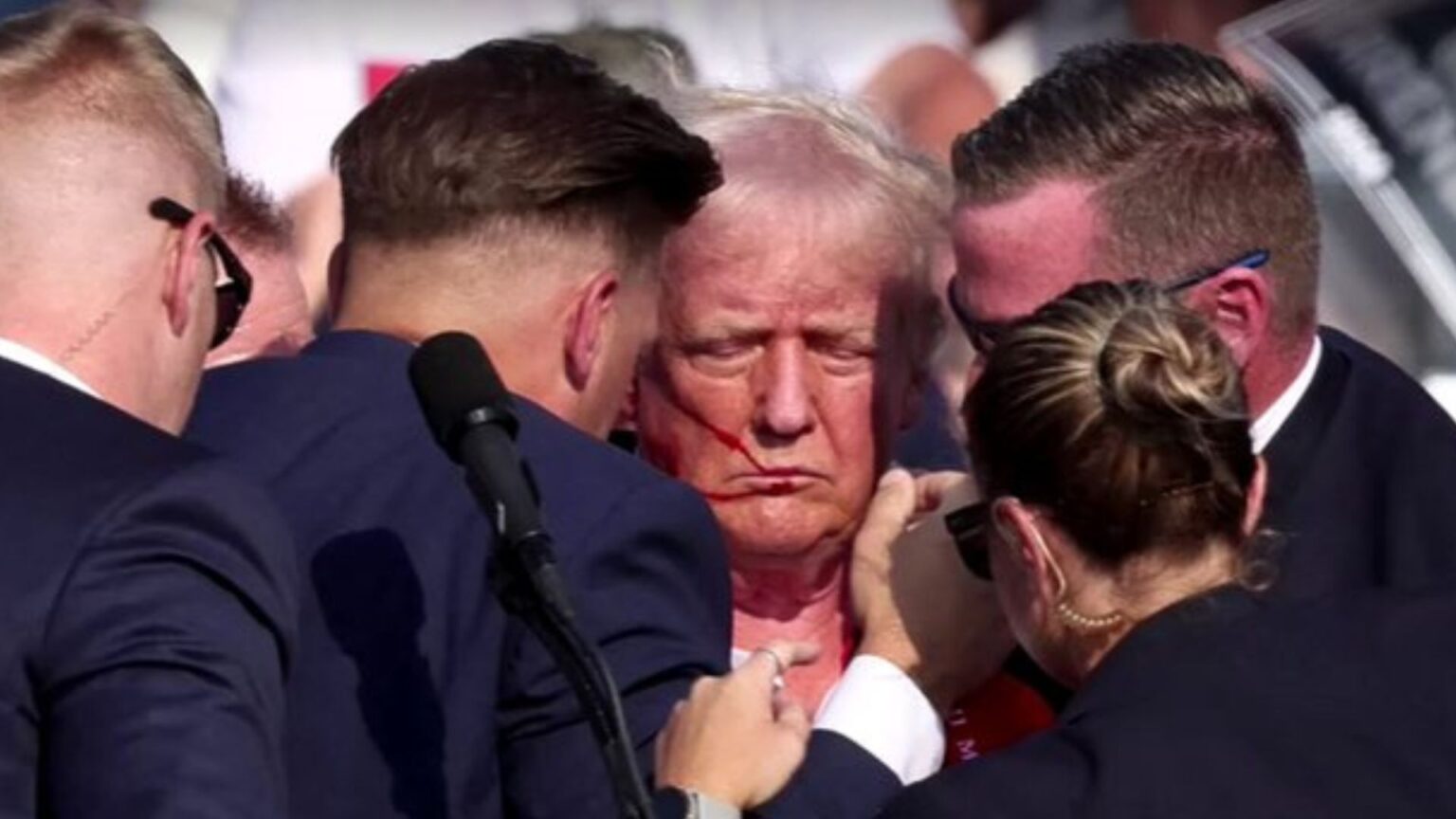The name Donald Trump is synonymous with controversy, public intrigue, and media attention. As a former U.S. president and a central figure in American politics, Trump’s actions, statements, and even his physical appearance are often scrutinized by the public and media alike. One recent topic that has generated a significant amount of attention is the rumor or speculation surrounding a potential “ear wound” on Trump. The phrase “Trump ear wound” has popped up across social media and various news platforms, raising questions, rumors, and plenty of theories.
In this article, we’ll explore what the “Trump ear wound” speculation entails, the public reaction, and whether there’s any evidence to substantiate these claims. Additionally, we’ll examine how these types of rumors develop, their impact on political figures, and the broader implications of intense public scrutiny of political leaders’ health.
The Origin of the Trump Ear Wound Rumors
The idea of Trump having an ear wound seems to have originated from various appearances, images, or videos of the former president that appeared online. As with many public figures, photos of Donald Trump are constantly analyzed, and in this case, people seemed to notice something unusual about his ear. Some speculated that a mark, discoloration, or even a bandage could be seen, sparking questions about whether Trump had sustained an injury to his ear.
However, it’s important to note that there has been no official statement from Trump or his representatives about an ear wound, nor has there been any medical evidence released to suggest that he has suffered any significant injury to his ear. The speculation seems to be primarily driven by photos or videos that may not clearly depict what people think they are seeing.
Public Reaction and Theories
As with most rumors involving Donald Trump, the “ear wound” speculation quickly spread across social media platforms such as Twitter, Instagram, and Reddit. In the age of the internet, any visible change in a high-profile figure’s appearance tends to generate attention and theories, especially when there is little official information available.
Some individuals believe that Trump may have undergone a medical procedure, perhaps related to a skin condition or injury. Others have suggested that any perceived marks or discoloration on his ear could simply be the result of poor lighting, shadows, or even a misinterpretation of the image. There are also those who dismiss the entire idea as conspiracy theory fodder, noting that it could be an example of people seeing what they want to see rather than any legitimate health concern.
Another common theory is that the speculation around Trump’s ear could be part of a broader conversation about his health. Given his age and the physical demands of being a political figure in the public eye, there has always been significant attention paid to Trump’s overall health, particularly during his presidency and potential 2024 campaign.
The Role of Media in Health Speculation
The media plays a crucial role in fueling public speculation about the health of political figures. Throughout history, the health of presidents and world leaders has often been a subject of interest, as it directly impacts their ability to lead. However, there is a fine line between genuine public concern for a leader’s well-being and sensationalized stories based on unverified claims or misleading visuals.
In the case of the “Trump ear wound,” the mainstream media has largely stayed away from making definitive claims about Trump’s health or the existence of an ear injury. Instead, much of the conversation appears to have originated from social media users, with some independent media outlets picking up the story and running with it. This pattern is not uncommon in today’s media landscape, where social media rumors often spark larger conversations or even coverage by more established outlets.
However, without any official confirmation or medical information, much of the coverage surrounding the “Trump ear wound” remains speculative at best.
Health Scrutiny and Political Figures
Political figures, especially those as polarizing as Donald Trump, are often subject to intense scrutiny when it comes to their physical and mental health. This level of attention is nothing new in American politics; past presidents like Franklin D. Roosevelt, John F. Kennedy, and even Ronald Reagan faced ongoing questions about their health during their time in office.
In Trump’s case, his age and physical appearance have been topics of discussion since he announced his first run for president in 2015. As he gears up for a potential second term in 2024, his health will undoubtedly remain a focal point for both his supporters and his detractors.
Any perceived changes in his physical appearance—whether it’s a possible ear wound or otherwise—can quickly become fodder for public speculation. In the past, similar rumors about Trump’s health, ranging from his weight to his stamina during rallies, have surfaced, prompting both criticism and defense from his supporters.
The Broader Implications of Health Rumors
The rumors surrounding the “Trump ear wound” raise broader questions about the role of health in political leadership. While it is important for voters to be informed about the health of their leaders, particularly when it could impact their ability to govern, the spread of unverified or speculative information can also lead to unnecessary distractions.
In Trump’s case, the focus on an unconfirmed ear wound detracts from larger discussions about his political platform, policies, and plans for the future, should he run for office again. It also underscores the challenges that come with being a public figure in the digital age, where every aspect of one’s appearance and behavior is subject to constant analysis and interpretation.
Additionally, the attention given to Trump’s supposed ear wound reflects a broader societal trend in which physical health becomes politicized. Health concerns can be used as political ammunition by opponents, leading to a cycle of rumor-mongering that may not be based on facts. This phenomenon is not unique to Trump; other political figures, such as Joe Biden and Hillary Clinton, have also faced similar scrutiny regarding their health.
Conclusion: The Importance of Verified Information
The “Trump ear wound” speculation is a prime example of how easily rumors and theories can spread in today’s fast-paced, digitally-driven media environment. While public figures like Donald Trump are undoubtedly used to having their every move and appearance scrutinized, it is crucial to remember the importance of verified information, especially when it comes to matters of health.
As of now, there is no concrete evidence to suggest that Trump has suffered any significant injury to his ear or that he is facing any serious health issues. Until there is an official statement from Trump or his representatives, the “ear wound” should be treated as speculation rather than fact.
For the public, it is essential to rely on credible sources of information and avoid drawing conclusions based on unverified claims or rumors. While political figures’ health is an important aspect of their ability to lead, baseless speculation only serves to distract from the critical conversations and issues at hand.
Ultimately, the “Trump ear wound” conversation may fade as new stories emerge, but it serves as a reminder of the intense scrutiny political leaders face in the public eye—and the importance of maintaining a balance between curiosity and factual reporting.

